When 1/200 isn't big enough: Super Constellation in 1/72 scale!
- Retrohangar Diecast

- Aug 18, 2023
- 5 min read
Updated: Aug 28, 2023

1/400 is probably the most popular scale in diecast aircraft. Some people find them too small and collect 1/200 instead. But what if that still isn't enough? Well, then perhaps this model is for you! In this article I will talk about the 1/72 Schuco KLM Lockheed L-1049G Super Constellation with registration PH-LKE. In case you're wondering, it's 48cm long and 51cm wide. In the picture below you see it next to a 1/200 747-400.

Background information
First let's take a look at the history of the aircraft. The Constellation series started in 1943 with the L-049, which was further developed into newer, larger variants, the last one being the L-1649 Starliner from 1957. The L-1049 Super Constellation was developed by Lockheed in response to the succesful Douglas DC-6. This model is a L-1049G, which was the first of the Super Constellation series to have optional tiptanks (fueltanks on the wingtips) and weather radar. The latter is recognizable by an extended nose. The PH-LKE was delivered in 1955 with only tiptanks, as displayed on this model, the weather radar was installed later. Aeroclassics made the exact same livery on the L-1049G with both tiptanks and weather radar, which can be seen below. The PH-LKE ended service after only seven years in 1962, as KLM added the brandnew DC-8-32 to their fleet to start the jet age.

Main features of this model
Now let's talk about what this model has to offer. The fuselage, wings, gears and centre vertical stabilizer are made from metal, the horizontal and two outer vertical stabilizers are plastic. This is probably done for weight balance, as it tips over quite easily. The fuselage is hollow and actually has some interior. With a flashlight you can see chairs behind the (cockpit)windows. The propellors spin, but the wheels do not. You can display this model in gear up and gear down position, just like some models in 1/400 and 1/200 can. It comes with a plastic stand with the Schuco logo on it.



Review
Now let's review this model. There are 6 parts that will be given between 1 and 10 points, 1 being the lowest and 10 being perfect. In the end the average of these scores will be the final score. Please keep in mind that after reading this review, you may enjoy your model less as you become aware of the flaws.

Accuracy of colors
With old pictures it's difficult to judge how accurate the colors are. At the Aviodrome Aviation museum there is a KLM L-749 with a different livery, but I assume the dark blue has the same tone. In that case, the dark blue on the model is not dark enough, but it's not so far off that it bothers me much. The light blue lines seem right and the Dutch flags on the vertical stabilizers are also perfectly fine. The rear part of the engines are black, which the model has too. The belly, wings and stabilizers are silver like they should.
Score: 9 / 10
Livery

The livery is not executed very well unfortunately. On the picture above you can see that the dark blue runs downwards on the nose, on the model it doesn't. Perhaps Schuco used a picture that I can't find, but until then I count it as a mistake. The KLM logo on the nose is too large and placed too high. Behind the cockpit windows the dark blue should curve upwards, but on the model it barely does. Because of this, the ship behind the cockpit sticks out too far. This ship should also be placed more to the right. The top of the white cheatline should run halfway through the little window, as you can see on the picture above, now the distance between the cheatline and the "The Flying Dutchman" titles is too large.

When the white cheatline goes up a little, it also aligns better with the bottom of the three windows further back. Now there is a little bit of dark blue inbetween.

The dark blue line seems to slightly curve upwards at the rear, while on the real aircraft it curves down. KLM probably used the panel lines as reference, but on the model the dark blue color doesn't follow them. At least the lightblue lines are placed at the correct height.

Score: 4 / 10
Logos, titles and stickers

The issues with the dark blue color make the "Pegasus" titles look like they're positioned very poorly, but I think they should only be slightly lower. The size and font seems good enough. The large "The Flying Dutchman" titles have the wrong font, but it's not too bothersome. The white KLM letters in the dark blue area should be more bold and the font is again not entirely correct. The registration on the tail should be lower, so that it sits halfway the blue part of the Dutch flag. There are no "KE" letters on the nosegeardoors, which you may expect on a model this large, even the 1/400 version from Aeroclassics has it.

The old KLM logo from the 50's is not easy to replicate, but Schuco did a good job. It has 7 feathers on each side and the crown has most detailes captured well. It's not perfect but nicely done.

The yellow Super Constellation sticker is placed well (remember that the white cheatline should be higher). On pictures of the real aircraft it looks white instead of yellow, but if you Google this logo, it's most often yellow too so I will let it slide. The KLM logo on the tail is placed too high, just like the registration, but it has all the details you would expect.
Score: 7 / 10
Other details
Normally I would look at other details that you find all around the aircraft, but there are not enough clear pictures to judge from, so I will skip this part.
Score: - / 10
Paint and printing QC
There are no issues that would lower the score. Everything is printed crisp and the paint is applied well.
Score: 10 / 10
Mould QC
If you want to display this model with gears down, you have to place the gears and geardoors yourself. Unlike what we often see in 1/200, where they use magnets, with this model the gears are held by friction. This means that the connection needs to be perfect to get them into the correct position and to prevent them from falling out. The nosegear connection was foo fat, so I had to remove some material, but now it seems fine. The main landing gear however are too loose, so they fell out quite often when I made pictures of the model. I could glue them in place ofcourse, but then I will never be able to change it to a gear up display. In this scale Schuco could easily have used magnets, so it's unfortunate that they chose for this friction method. The propellors are a little loose, but not so much that they point downwards. Apart from that there is nothing that bothers me.
Score: 8 / 10

Conclusion
Overall it's a beautiful model that I can recommend to anyone. It captures the iconic look of the Super Constellation well and the QC is also very good. It's such a shame that the livery is done so poorly as it could have gotten an entire point extra on the final score, if the dark blue area was done correctly. Aeroclassics did a much better job with the livery and details despite being in a much smaller scale and made 19 years ago. The total score is 38 / 5 = 7,6, which is far above acceptable in my eyes and worth the price of €119,95. Schuco also made this model in the Lufthansa livery, which is still available at retailers.

- Mark
Retrohangar Diecast on Instagram
Mark22 on MAF, 400SH and DAC
Want to collaborate or let me review your product? Send me a message via the channels mentioned above!
All pictures are mine (unless stated otherwise) and may not be used without my permission!
Sources:
https://www.airteamimages.com/lockheed-constellation_PH-LKE_klm---royal-dutch-airlines_95286.html
https://patmcast.blogspot.com/2012/05/saved-from-dustbin-8.html















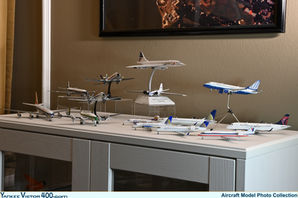
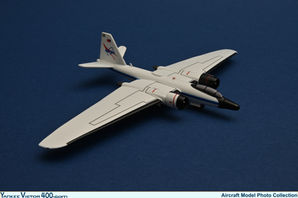


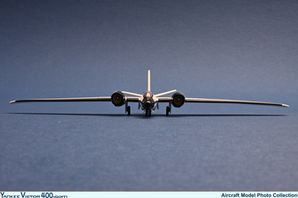


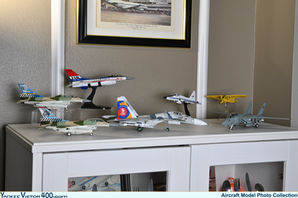

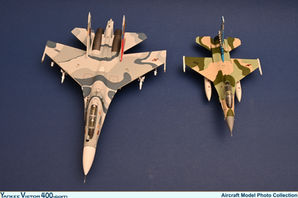
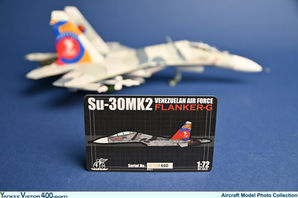
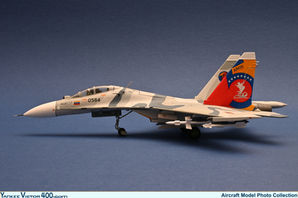










I have this Schuco 1/72 scale, Super "G" Constellation in the Lufthansa livery (1st version). The one major problem with the model to me at least is that the dihedral of the main wing is way too straight and should have been slanted up more. Otherwise, it's a pretty good, large diecast model of a "Connie."